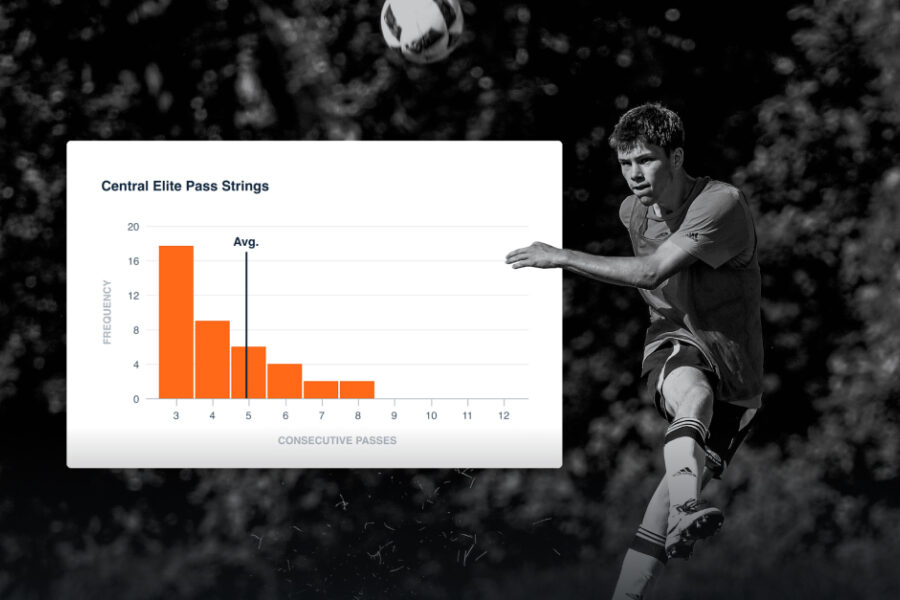Data can have a big impact on making player and team development actionable.
The Evolution of Feedback for Soccer Coaches
The impact of video and communication systems on professional sports has been evident for over a decade. Head and assistant coaches who are on the sidelines are directly connected to analysts observing the action, sometimes from many miles away. These days, a full team of people are now responsible for guiding on-field decision-making and they often utilize instant replay and multiple camera angles.
Other sports, including soccer, have been slower to adopt similar technologies. However, in recent years, momentum has been growing as the tactical advantages of video review have become obvious. During this period, Hudl has been a leader in professional sports analytics—these high-performance solutions are now available (and affordable) for youth, high school and college teams.
Yes, us regular coaches with limited resources can now benefit from tactical insights that will change the way we recall information, engage with players and provide feedback.
Box Score Reports: Hudl’s Greatest Gift
Whether it’s viewing clips and highlight compilations, or accessing game film and data from Hudl Assist, Hudl users often have one or two favorite features. As an educator, I value all these features and many others. However, once a game has been returned by Hudl Assist with a comprehensive statistical breakdown, my first instinct is to visit the box score report.
Hudl Trains Coaches to Recall Details More Accurately
The box score report organizes key data with simple graphics, comparing the performances of both teams. At a glance, I can confirm or reject my memories of the game (see images 1–4). For a more in-depth review, I can click on the data to watch the associated video evidence.
When I first used Hudl, the data would often challenge my observations—my assumptions did not match the reality. For example, a consistent strategy for my teams is to dominate possession over our opponents and, when we do, our win record is 98%. Early in my use of Hudl, I was so intensely focused on my team that I failed to analyze the game accurately. Postgame, I discovered that I tended to exaggerate my team’s possession and incorrectly underestimate the possession of our opponents.
I also started to change the way I viewed possession. Hudl produces a far more in-depth review than I could possibly infer from watching a game. Hudl data revealed the effectiveness of our possession in areas of the field such as the defensive third, midfield third and attacking third, and our passing accuracy.
Now, within a few seconds of opening the box score report, I not only know if we out-possessed our opponent, but I also know if we achieved our goals while in possession. The power of Hudl extends well beyond providing game data. In my case, it has changed the way I observe live games. Now I’m far more accurate in my assumptions, resulting in more effective tactical decisions during and after the game.
Hudl Trains Players and Parents to Review Performances Effectively
I have already covered how Hudl can engage players and parents more fully in the education process, and how it can be used to encourage players to take more responsibility for their learning and progression. Although it is our goal to involve all players and parents 100% of the time, we’re sometimes disappointed if we do not achieve high levels of commitment and dedication.
I have found there is no better tool than Hudl box score report to engage both the players and parents. It focuses their attention on the important objectives and strategies of the coach. I recommend either sharing the report or creating a PDF after each game to send along with a few sentences summarizing the performance of the team’s goals. I can almost guarantee players will become far more focused on what matters most to their development when receiving consistent communication and context using box score reports.
















